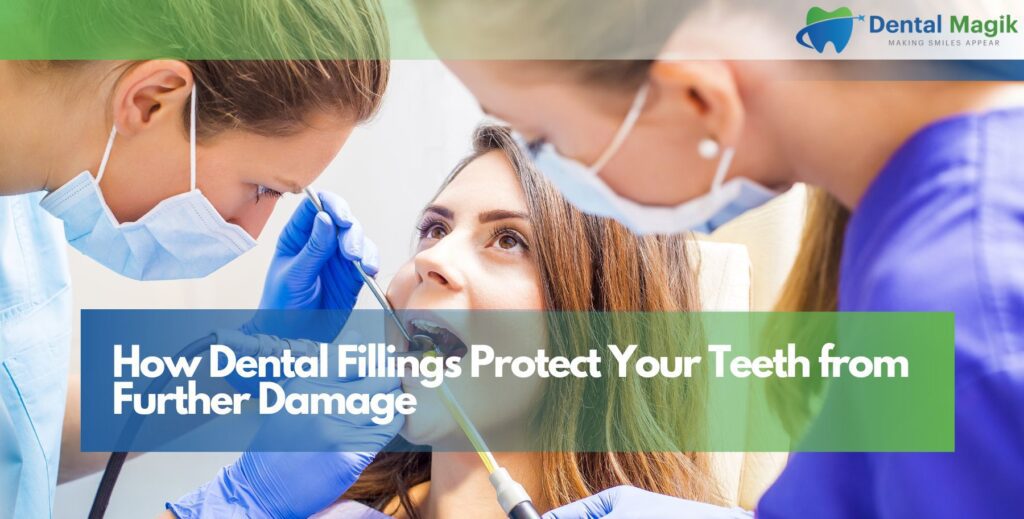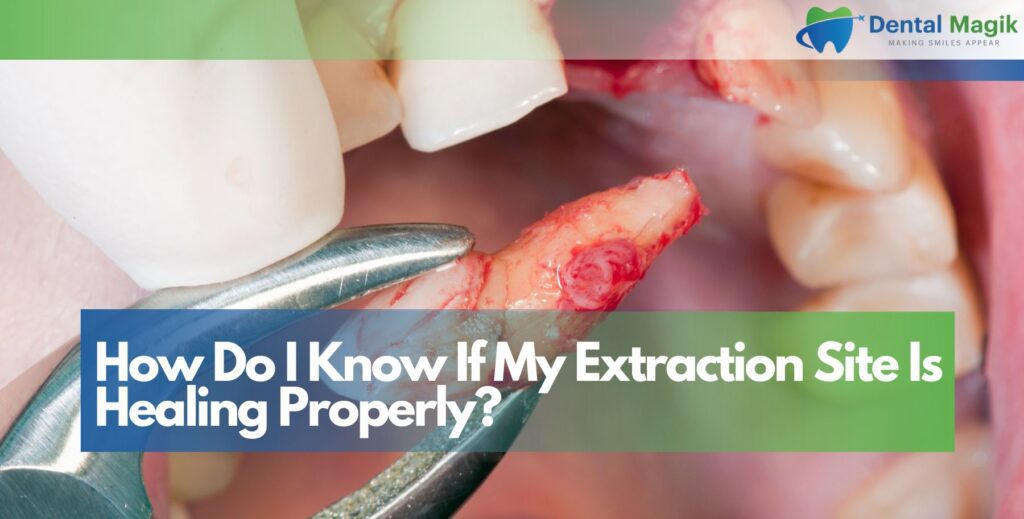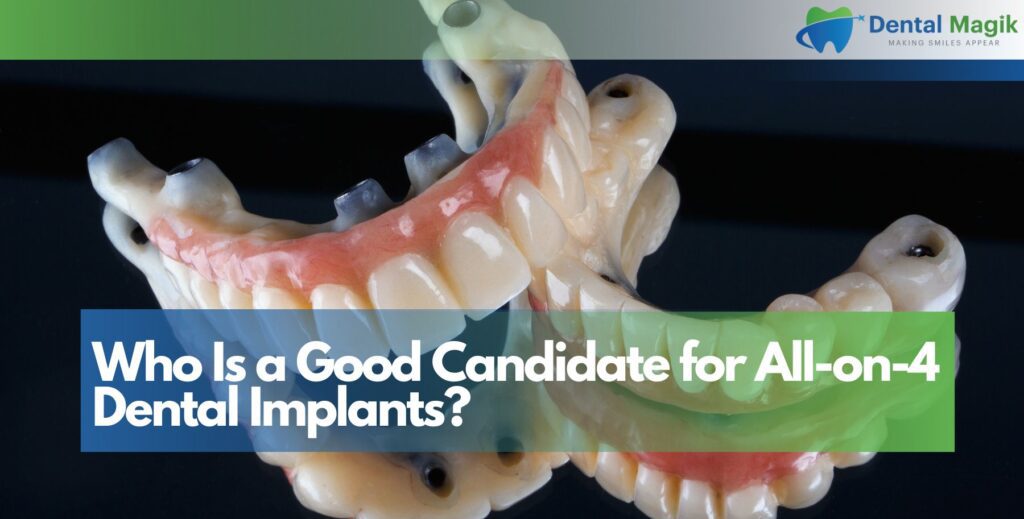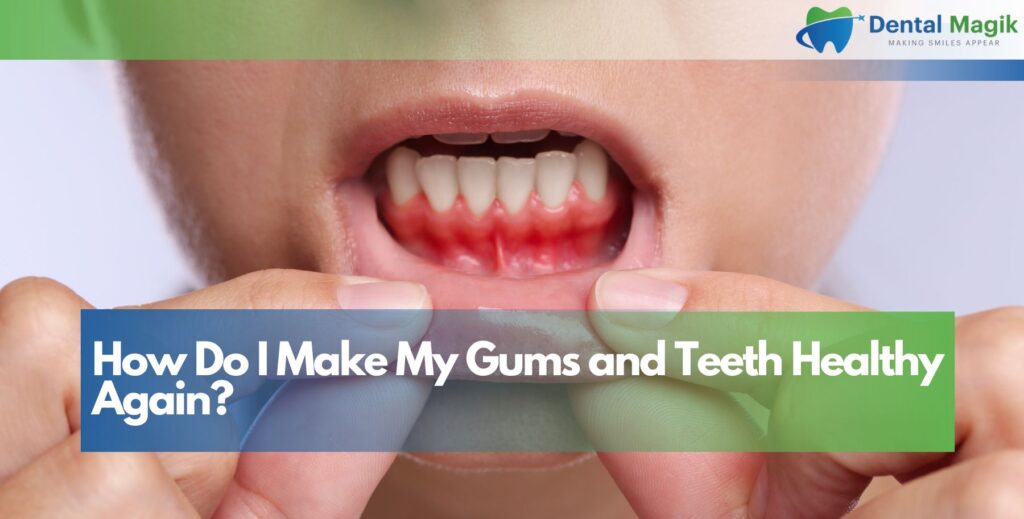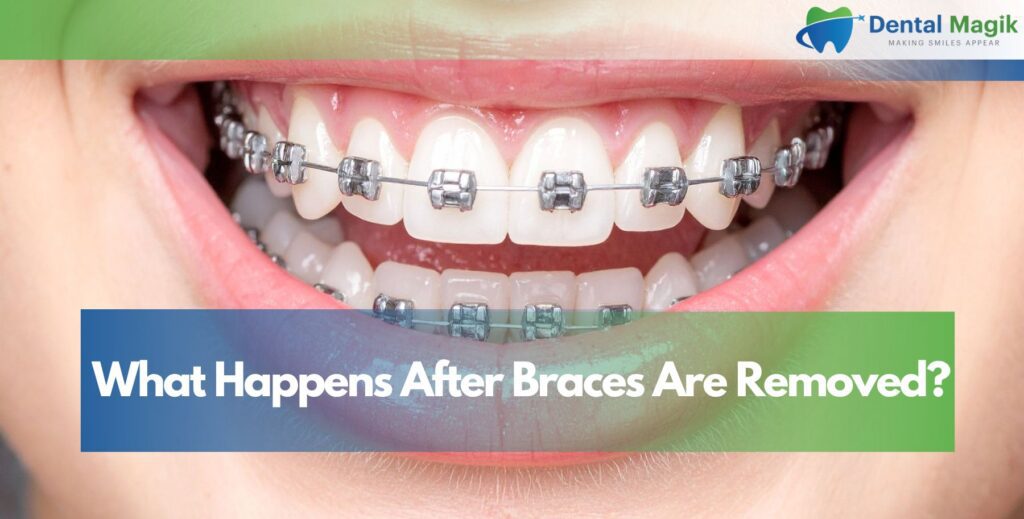Cavities are one of the most common dental problems worldwide, and if left untreated, they can lead to serious complications like tooth decay, infection, or even tooth loss. One of the most effective ways to repair and protect damaged teeth is with dental fillings. These small but powerful restorations not only treat existing cavities but also prevent further damage, keeping your teeth strong and functional for years.
In this article, we’ll explore exactly how tooth fillings protect your teeth, the types available, their long-term benefits, and what you should know to maintain them.
What Are Dental Fillings?
A dental filling is a restorative treatment used to repair teeth damaged by decay, cracks, or minor fractures. Dentists remove the decayed portion of the tooth, clean the area thoroughly, and then “fill” it with a durable material such as composite resin, amalgam, porcelain, or gold.
This process restores the tooth’s natural structure and prevents bacteria from entering again. Without fillings, decay spreads deeper, eventually reaching the tooth’s nerve, which may require more complex treatments like root canals or extractions.
How Do Dental Fillings Protect Teeth?
Dental fillings protect teeth by sealing cavities, stopping bacteria from spreading, and restoring lost structure. They prevent further decay, reduce tooth sensitivity, and strengthen damaged areas. By covering exposed dentin, fillings shield nerves from pain, allowing you to chew, bite, and smile confidently without discomfort or risk of infection.
Sealing the Tooth from Bacteria
The primary role of a tooth filling is to seal off the cavity from bacteria and food debris. Once sealed, harmful substances cannot enter the tooth structure and cause further decay.
Restoring Tooth Structure
When decay eats away at enamel and dentin, the tooth becomes weak. A dental filling rebuilds lost structure, allowing the tooth to function normally when biting and chewing.
Preventing Pain and Sensitivity
Exposed nerves often cause sensitivity to hot, cold, or sweet foods. Fillings protect the nerves by covering the damaged area, preventing discomfort and allowing you to eat without pain.
Stopping Decay Progression
By removing decayed tissue and filling the cavity, dentists halt the progression of tooth decay. Without treatment, cavities continue to enlarge and compromise the entire tooth.
Different Types of Dental Fillings
There are several types of dental fillings, including composite resin, amalgam, porcelain, and gold. Composite fillings blend naturally with teeth, while amalgam is durable for molars. Ceramic and porcelain offer stain resistance, and gold provides long-lasting strength. Choosing the right material depends on function, aesthetics, and your dentist’s recommendation.
Composite Fillings
Composite fillings are made of tooth-colored resin, making them ideal for visible areas. They bond directly to the tooth, offering both strength and aesthetics.
Amalgam Fillings
Traditional amalgam fillings are made of a mix of metals and are extremely durable, often lasting over a decade. They are typically used in molars where chewing pressure is highest.
Ceramic and Porcelain Fillings
Ceramic fillings provide a natural look and resist staining, making them a premium option. They are highly durable and blend seamlessly with natural teeth.
Gold Fillings
Although less common, gold fillings are long-lasting and strong. They are highly biocompatible but more expensive than other options.
Benefits of Dental Fillings
The benefits of dental fillings include halting decay, restoring normal chewing function, reducing sensitivity, and preserving natural teeth. Fillings protect against further damage while improving oral health and appearance. Modern options like composite and ceramic fillings also ensure a natural look, blending seamlessly with surrounding teeth for long-term durability and confidence.
Preserving Natural Teeth
The main benefit of tooth fillings is that they save your natural teeth from extraction. Treating cavities early keeps the structure intact and avoids tooth loss.
Long-Term Durability
Modern fillings are designed to withstand chewing forces, making them a reliable solution for years.
Improved Oral Function
By restoring damaged areas, fillings protect your teeth and help maintain normal chewing and speaking functions.
Enhanced Appearance
Composite and ceramic fillings match the natural tooth color, ensuring that your smile remains aesthetically pleasing.
How Strong Are Dental Fillings?
Modern tooth fillings are strong enough to withstand daily chewing forces. Composite fillings bond directly to enamel, while amalgam and gold last over a decade with proper care. Ceramic options provide both durability and aesthetics. Strength depends on placement, material used, and maintenance, making fillings a reliable long-term solution.
Bonding Technology
Modern tooth fillings use advanced bonding techniques that fuse the filling material tightly to enamel and dentin. This bond ensures strength and durability.
Resistance to Pressure
Amalgam and gold fillings are particularly strong, withstanding heavy chewing forces for many years. Composite and ceramic fillings are also strong, especially in front teeth and premolars.
Maintenance for Longevity
With good oral hygiene and regular dental visits, most fillings last between 7 and 15 years, while some gold or ceramic options can last even longer.
Can Fillings Be Replaced?
Yes, fillings can be replaced when they wear out, crack, or if new decay forms around them. There is no strict limit to how many times a filling can be replaced, but repeated replacements may weaken the tooth structure over time, leading to crowns or other advanced restorations.
Possible Risks or Disadvantages of Fillings
While fillings are safe and effective, they do come with some minor considerations:
- Sensitivity after placement, usually temporary.
- Potential weakening of the tooth if very large fillings are used.
- Over time, fillings can chip, crack, or wear down.
Despite these drawbacks, the advantages of dental fillings far outweigh the risks when placed and maintained properly.
What Can Weaken Fillings?
Fillings can weaken over time due to poor oral hygiene, teeth grinding, or biting hard foods like ice and nuts. Acidic diets and natural wear may also affect durability. Regular dental checkups help detect early damage, allowing timely replacements and ensuring your fillings continue to protect teeth effectively.
Poor Oral Hygiene
Not brushing and flossing properly allows bacteria to creep in around the filling edges.
Teeth Grinding
Excessive grinding puts pressure on fillings, causing them to crack.
Eating Hard Foods
Chewing on ice, nuts, or hard candies may damage fillings.
Can a Tooth Get Infected After a Filling?
While rare, infection can occur if decay was not fully removed or if bacteria re-enter through a damaged filling. Regular dental checkups are essential to monitor old fillings and replace them when necessary.
Long-Term Care for Dental Fillings
To extend the life of your dental fillings:
- Brush twice daily with fluoride toothpaste.
- Floss to remove plaque around fillings.
- Visit your dentist regularly for checkups.
- Avoid biting down on very hard objects.
With proper care, tooth fillings remain one of the most effective ways to protect teeth against further decay.
Conclusion
Dental fillings are an essential treatment that protects teeth from decay, restores functionality, and preserves natural structure. They prevent cavities from progressing into severe dental problems, ensuring long-term oral health.
For personalized advice and professional care, consult an experienced Dentist in East Brunswick, NJ to maintain healthy, strong teeth.
FAQs
Do fillings protect your teeth?
Yes, fillings repair cavities, stop decay from spreading, and protect teeth from further damage.
What are the benefits of filling your teeth?
They preserve natural teeth, prevent sensitivity, and restore chewing function.
What are the advantages of filling?
Advantages include durability, protection, and improved oral aesthetics.
How are tooth fillings so strong?
Fillings use advanced bonding techniques and durable materials that withstand daily chewing forces.
How many times can a filling be replaced?
Fillings can be replaced multiple times, though repeated replacements may require crowns eventually.
What are the disadvantages of fillings?
Minor risks include temporary sensitivity, wear, or cracks over time.
Are fillings bad for you long term?
No, fillings are safe and effective when properly maintained.
What weakens fillings?
Teeth grinding, poor oral hygiene, and chewing hard foods can weaken fillings.
Can a tooth get infected after a filling?
Yes, but only if bacteria re-enter through a cracked or worn filling, which regular dental checkups can prevent.

